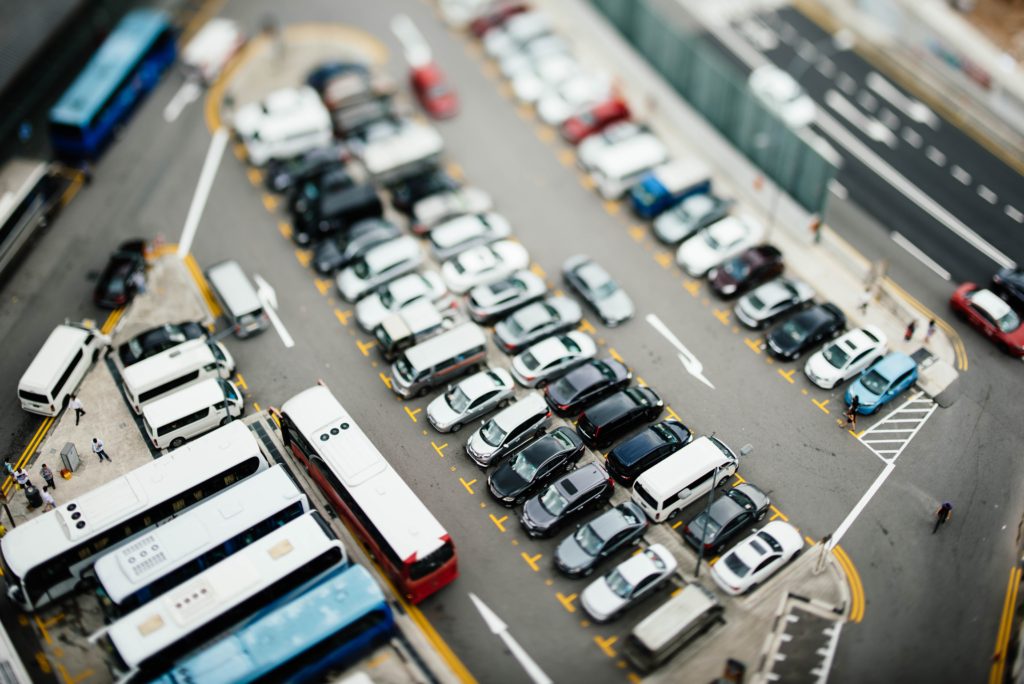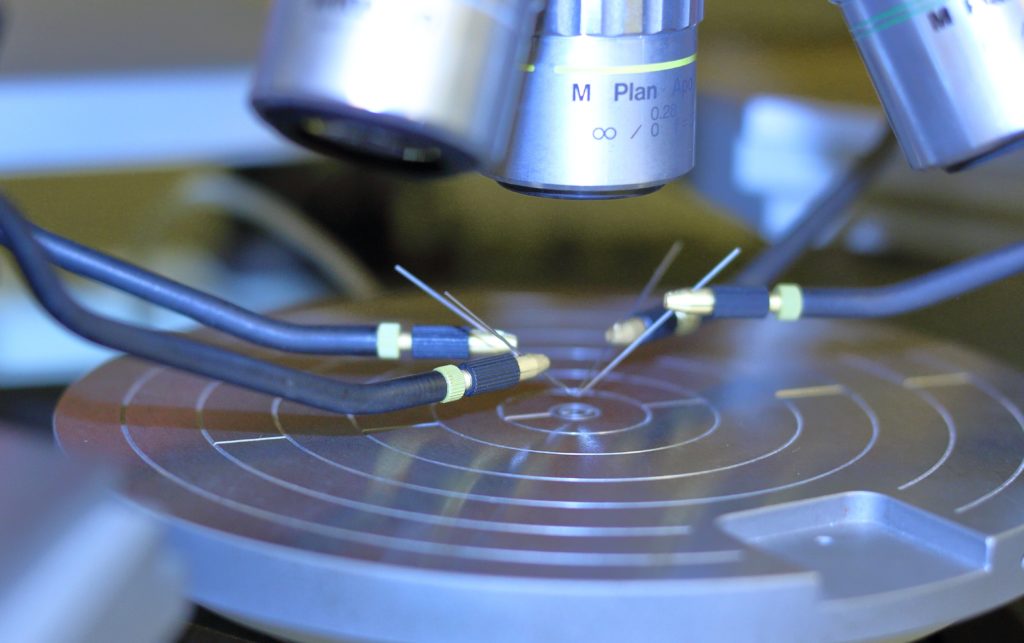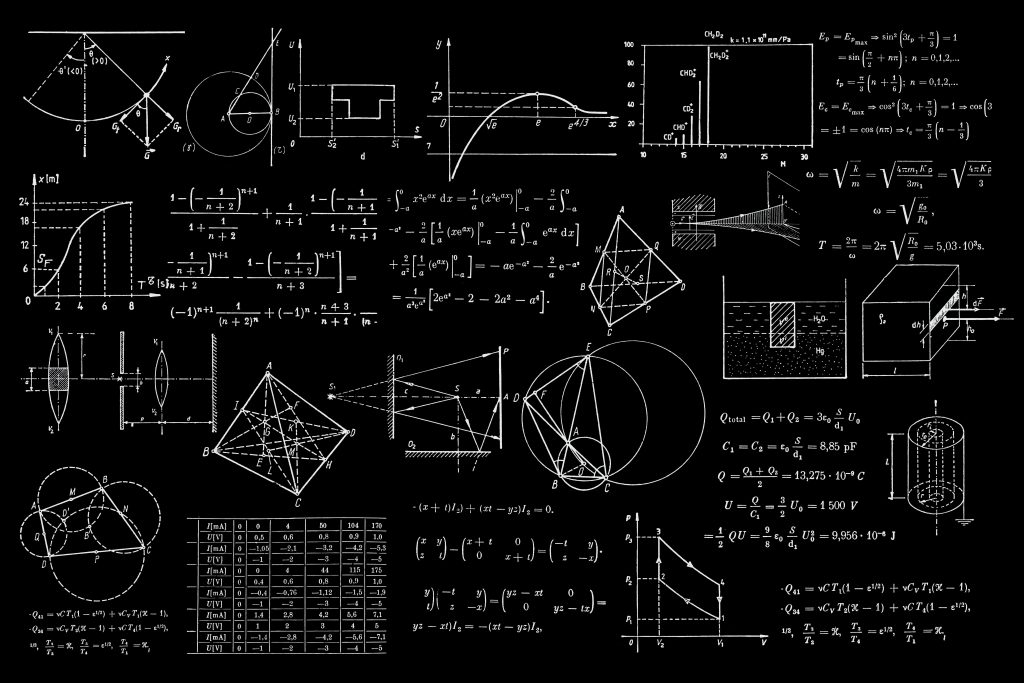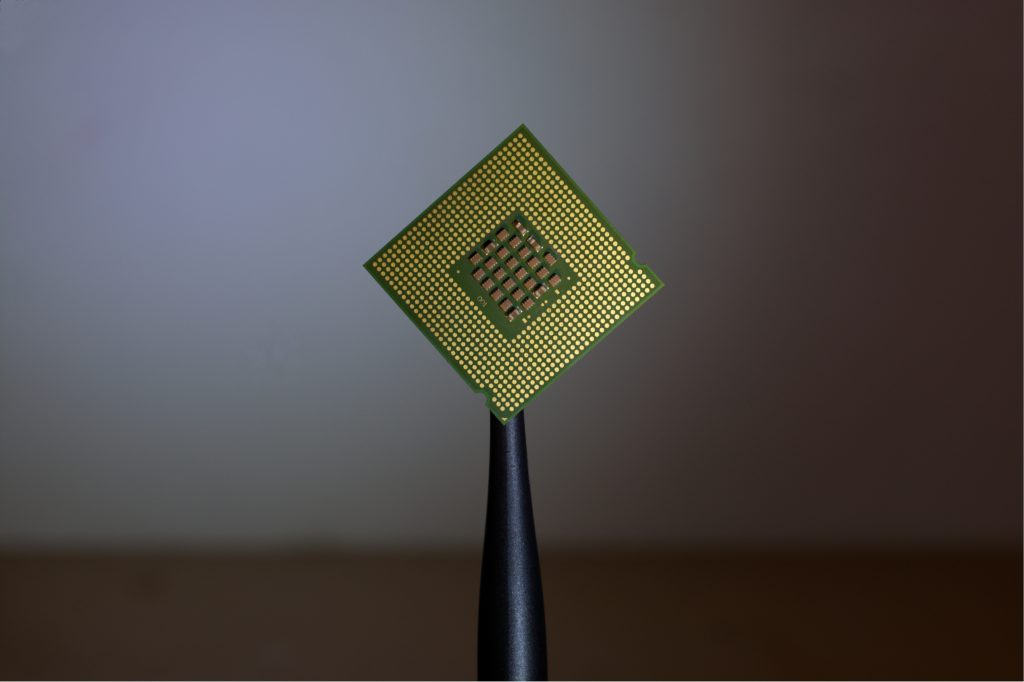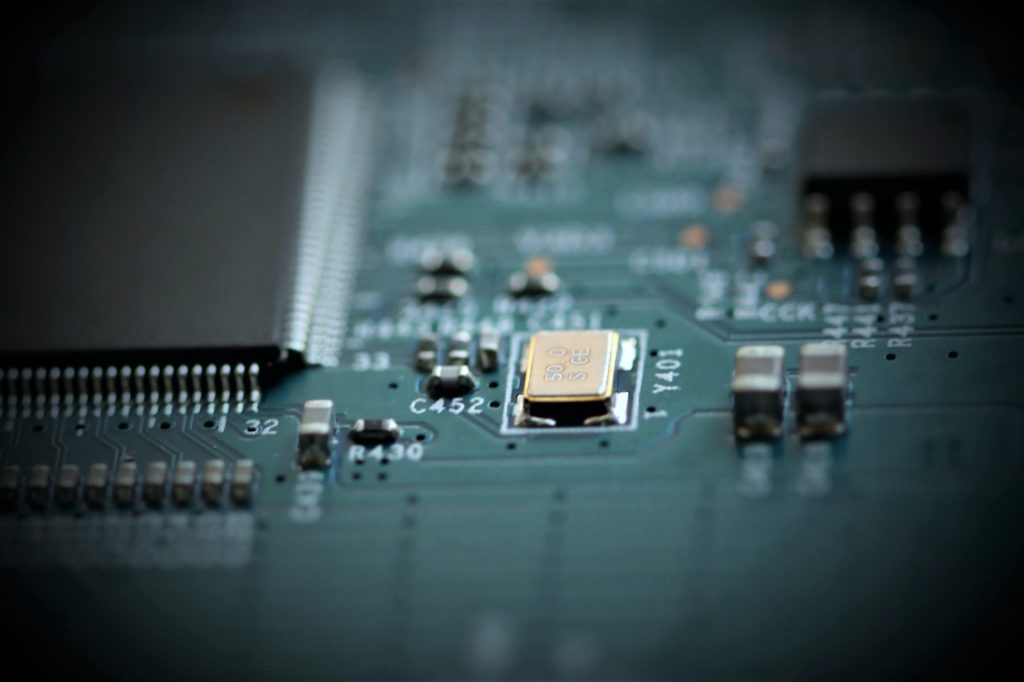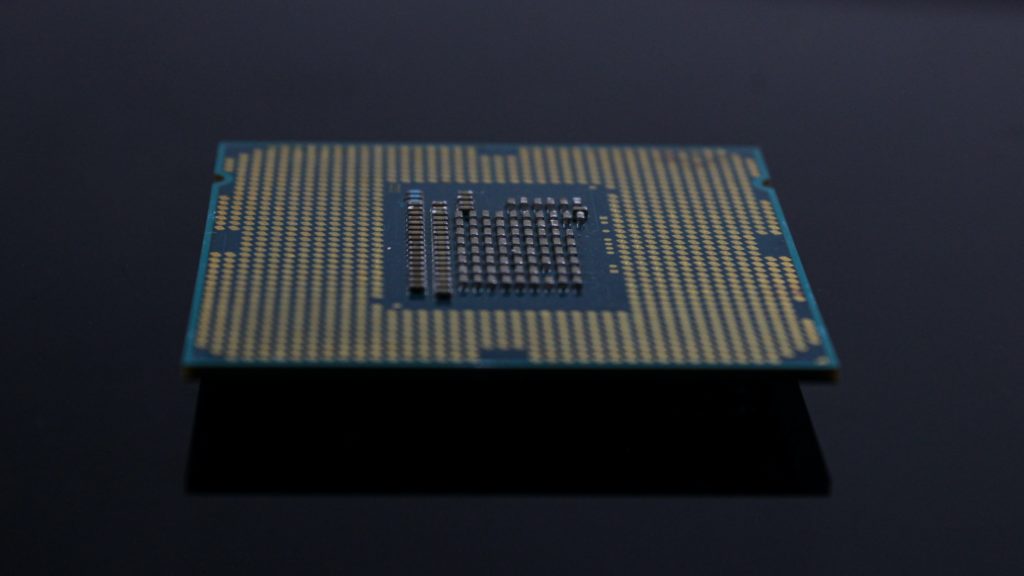Photo by chuttersnap on Unsplash
Over the last half-century, vehicles have played an important role in everyone’s life. It has enabled point-to-point commute a faster and an efficient process. Whether one is traveling on a public bus or a private car, each of these vehicle types play a very crucial role in enabling ease of living.
The last decade saw a drastic change in how the automotive industry manufactures vehicles. Vehicles of all forms are now much more fuel-efficient. Alternate fuel technologies are being used on a large scale. Features are provided that make vehicles safer and more aware. Enhanced digital experience by making most of the auto software tools built on top of the Android Auto and Apple CayPlay ecosystem.
The next big change in vehicles is going to be on the data and communication technologies.
On the data front, there are already many interesting hardware-based solutions that can capture the data generated by the vehicle. Then present it to the consumers and businesses to understand vehicle behavior and/or to track the vehicle usage. This is possible due to the standardization of the On-Board Diagnostics (OBD) and Controller Area Network (CAN). Data is also critical for the automotive industry to manufacture the products with zero defects.
There are still many unexplored opportunities in the data domain due to the lack of continuous high speed internet access inside the vehicle. With 5G communication networks even vehicles can be equipped with the high speed internet. This will also allow many over the top service and will enable data driven innovation.
The next decade is going to change how data is accessed within a vehicle due to the 5G expansion. Due to the different frequency bands 5G can run on, it makes it a perfect solution to enable real-time information access.
While data and communication will play a major role in the automotive industry, it is also critical to understand the specifics of how this foundation will be laid.
VEHICLE TO FUTURE
The answer of how to make use of data and communication in automotive industry lies in the solutions provided under Vehicle To Everything (V2X).
V2X holds big promises. All the sensors and the data points when combined ensure that vehicles are more secure and aware than ever.
V2X already enables on the go real-time entertainment, but in the future with 5G and other network infrastructure, on-demand information and entertainment will go hand in hand.

The developments around V2X will provide second by second tracking of the logistics and will prealert any possible issues with traffic, vehicle, and any important information that may lead to shipment delays.
V2X will also enable different levels of vehicle autonomy apart from securing pedestrians and bicyclists from colliding on vehicles. V2X will also increase the number of small cell networks by converting the vehicle itself as a cellular point of access.
It is important to understand how V2X does so with the help of different technology domains within V2X.
VEHICLE TO EVERYTHING
Vehicle-To-Everything (V2X) is all about how vehicles are able to send the data out and get the data in with the help of advanced communication technologies. With 5G, there is going to be a rapid increase in V2X implementation. Every new vehicle in the market will then act as a data point, router, and network in itself.
The X in V2X stands for the different technology domain a vehicle has started being part of.
Vehicle-To-Network (V2N) – V2N is the foundation of V2X. With the help of widely deployed communication network within and outside the vehicle, high speed data transfer can occur. The important use of V2N is voice and data communication for real-time navigation and entertainment apart from the critical emergency roadside assistance. Internet access using hotspots also comes under V2N.
Any other V2X technology domain is fully dependent on V2N as without a communication network (specially wireless), none of the other V2X implementations can work.
Vehicle-To-Infrastructure (V2I) – V2I is critical for level 5 automation where along with LIDAR and other self-driving sensors the data based approximation also is useful. This way vehicles can distinguish between road and obstacles much better than just a single data point coming from the use of vehicle’s own hardware. This is done so by feeding the vehicle with live view of surrounding by communicating directly with near by internet and data nodes. This continuous data feed helps in decision making. Apart from self-driving, V2I can also communicate with the traffic control network directly. Using this information vehicle can adjust/advice speed to ensure that the traffic block miles away does not get more congested.
Vehicle-To-Vehicle (V2V) – V2V takes the help of V2N along with V2I to capture information from vehicles in close proximity. With V2V, Vehicles can communicate about traffic, speed, collision, and distance. All these data points will enable much safer driving compared to the past decade. A self-driving vehicle is heavily dependent on its sensors to capture, decode, and react to the real time situation. If the same self-driving vehicle gets accurate input that makes the driving safer, then it will also increase the adoption and take safety to the next level. This is where V2V is important and helps drive zero accident occurrence.

Vehicle-To-Pedestrian (V2P) – V2P takes the approach of ensuring that the vehicle is always able to detect and take action in case a pedestrian or bicyclist comes in the way. V2P relies on V2N and V2I data points and then combines it with its data to ensure that any critical scenario like a pedestrian or bicyclist coming in front of the vehicle, is handled without comprising on the safety of the pedestrian or bicyclist and even the passengers. Most of the systems in the vehicle today are already equipped with processing capability to alert the driver for different collision scenarios, but with V2P the data point will allow another layer of security and ensures 100% accurate collision alerts by considering 360 degree view .
Vehicle-To-Device (V2D) – V2D is already in use in most of the vehicles out in the market. With the help of Bluetooth communication any device can connect with the vehicle and do many tasks from answering calls to playing music to logging data via OBD. The next step in V2D will be to allow smart devices to make use of small cell 5G networks that every vehicle will come equipped with. This will allow vehicles to act as hotspots. V2D will also enable advanced secure keyless vehicle entry along with remote startup, locking, and tracking.
Vehicle-To-Grid (V2G) – V2G is all about electric vehicles plugging into the electric grids. These grids can be in a parking lot, home, or a roadside charging station. V2G allows real-time tracking of nearby grids that can be used to charge the vehicles. The same grids can also perform a diagnostic check to ensure that the safety of the vehicle is not compromised and the battery to internal electrical networks is intact. Performing such smart checks with V2G will provide more safety than mile based servicing currently followed by the manufacturers. The data points gathered with V2G every time an electric vehicle is charged then can be sent to the central servers to process and understand usage of energy along with other data insights.
V2X provide unlimited opportunity not only to the automotive industry but also to the hardware and software businesses. The consumers are also going to see rapid increase in the feature list. It will be interesting to see how automotive industry provides V2X features without making it too costly for the consumers. Otherwise, wide adoption of V2X will not be possible.
Bloomberg technology has an interesting video on 5G and the Future of Connected Vehicles showcasing the importance of having a universal data and communication standard to enable growth of V2X.
